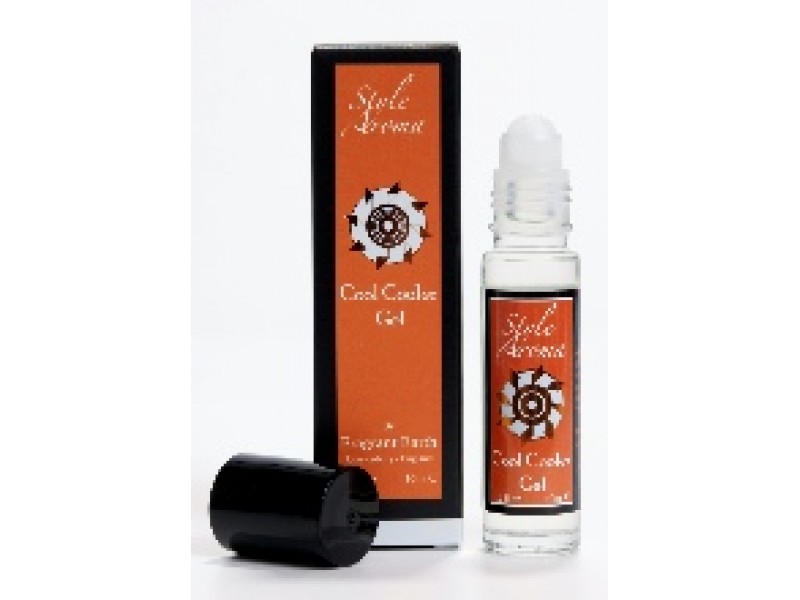Cool Cooler Gel
Cool Cooler Gel is as cool as its name. Its alluring scent is derived from Thyme, Clove Leaf, Lavender to name a few and what you get is immediate cooling refreshment whenever you find yourself in a heated situation. Roll onto temple, wrists and forehead to feel its invigorating powers. Also, it’s discreet size fits just about anywhere and it’s very effective when feeling a heat wave coming your way.
Not just a pretty smell, the Style Aroma pocketful Action Line brings an instant sense of harmony and energises your mind on the go. What better way to be always prepared for a long and busy day.
It’s small and discreet size make it the perfect solution for women experiencing menopause.
| Alcohol | Humans have used alcohol in many forms for thousands of years. It has been used for various purposes: drinks, medicine, and as a solvent for essential oils and other substances. Due to its antiseptic qualities, alcohol is also used as a preservative. Natures Children uses denatured alcohol which is natural ethyl alcohol mixed with other substances (denaturants), making it unusable for drinking. |
| Benzoic acid | Benzoic acid acts as a pH adjuster and preservative. It is naturally found in berries and essential oils. |
| Dehydroacetic acid | A fungicide and a bactericide, preventing growth of microorganism that contribute to a product decay. |
| Ethylehexylglycerin | A semi-natural preservative, used as natural alternative to parabens, derived from glycerine stems and plants. Used in minute quantities it is considered a preservative enhancer. |
| Eugenol | A natural constitution of essential oils with disinfectant and anaesthetic properties. It can be a mild skin irritant. |
| Geraniol | It is the primary natural constituent of rose, palmarosa and citronella essential oils, providing their characteristic smell. It also occurs in small quantities in geranium, lemon and many other essential oils. As smell and taste are closely related, geraniol is used in flavours such as peach, raspberry, grapefruit, red apple, plum, lime, orange, lemon, watermelon, pineapple and blueberry. It is listed as an allergen for people sensitive to it. |
| Limonene | Limonene is a natural constituent of essential oils with a sweet lemon-like odour. It occurs naturally in many essential oils, such as lime, lemongrass, neroli, grapefruit, tangerine, oakmoss, olibanum, peppermint, rose, sage and fennel. It is one of those many natural ingredients that is listed as an allergen, despite being commonly found in many foods and fruits. |
| Linalool | Linalool is a natural substance with a soft, sweet odour. It occurs naturally in many essential oils, such as ho wood oil, tangerine, spearmint, rose, neroli, mandarin, lemon, lime, lavender etc – it is very common. A small number of people have allergic responses to specific fragrance materials, such as linalool, so this name is found on lists of allergens. |
| Parfum | A generic word which under EU law is required to identify any product which is used to supply fragrance or aroma to a cosmetic. Parfum can be natural or synthetic or a blend of essential oils. Sometime those products and manufacturers who want to seem ultra-natural dodge this word and try to list individual components, such as essential oils. However, if added for fragrance they should legally be called parfum. If added for aromatherapy or medicinal reasons then this comes under different legalisation, such as the medicines act. |
| Phenoxyethanol | This is a synthetic preservative used as an alternative to parabens. It is a glycol ether and is used in extremely small quantities in a product. |
| Polyaminopropyl biguanide | This is a very mild surfactant produced from palm oil which means it is less drying and less harsh than other detergents. |
| Trioethylamine | |
| Aqua | Water. There is an internationally agreed nomenclature for all cosmetic ingredients (INCI). Latin is often used, such as in this case where aqua simply means ‘water’ in Latin. |

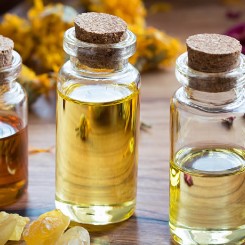 Essential Oils
Essential Oils
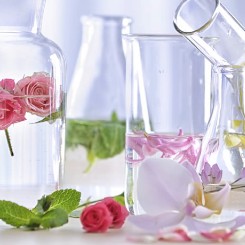 Hydrolats, Hydrosols, Floral Waters
Hydrolats, Hydrosols, Floral Waters
 Synergies
Synergies
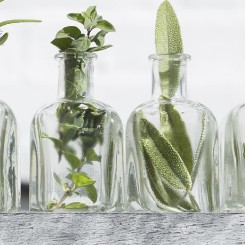 Herbal Oils
Herbal Oils
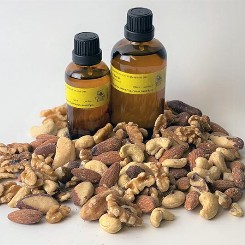 Vegetable Oils
Vegetable Oils
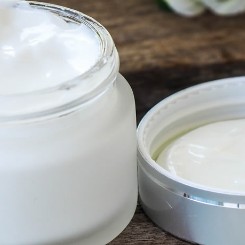 Bases
Bases
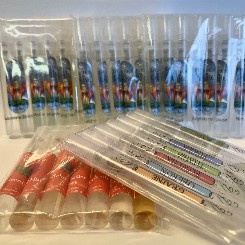 Books, Kits and Trial Packs
Books, Kits and Trial Packs
 Skincare
Skincare
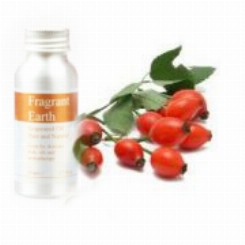 Body Care Oils
Body Care Oils
 Hair Care
Hair Care
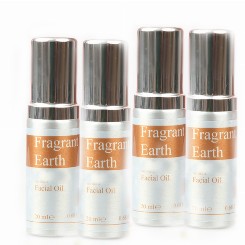 Facial Oils
Facial Oils
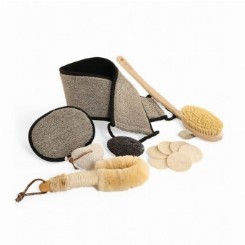 Eco Bath
Eco Bath
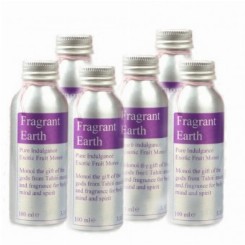 Pure Indulgence
Pure Indulgence
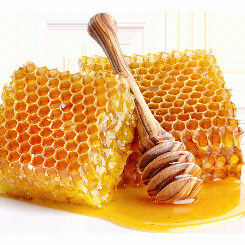 Honey, Beeswax & Propolis
Honey, Beeswax & Propolis
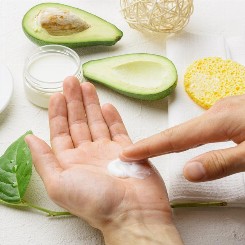 Handcream
Handcream
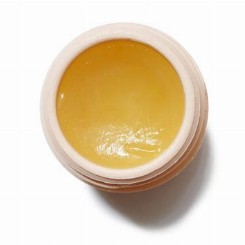 Balms, Salves & Ointments
Balms, Salves & Ointments
 Oral Care
Oral Care
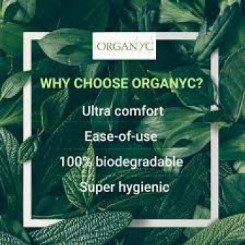 Feminine Hygiene
Feminine Hygiene
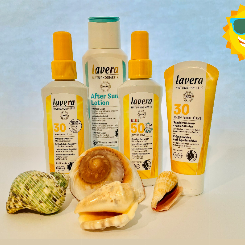 Sun Care
Sun Care
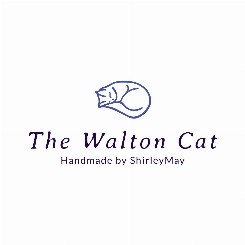 The Walton Cat
The Walton Cat
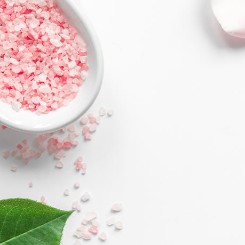 Bath Salts
Bath Salts
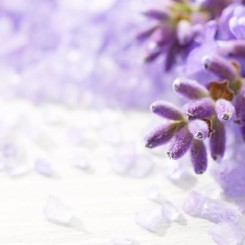 Somerset Lavender
Somerset Lavender
 Diffusers
Diffusers
 Candles
Candles
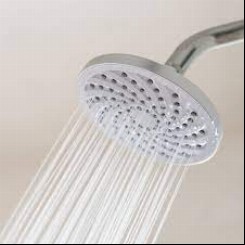 Shower Gel
Shower Gel
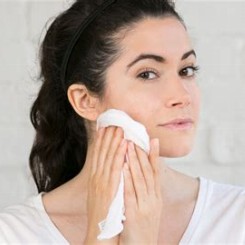 Soap
Soap
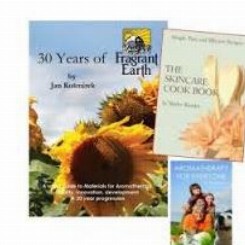 Books
Books
-245x-245x.jpg) Aromatic Waters
Aromatic Waters
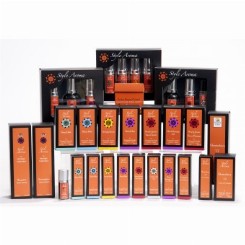 Style Aroma
Style Aroma
 Synergy Blends
Synergy Blends
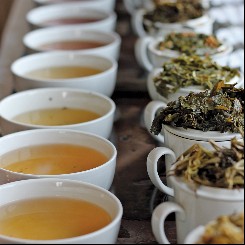 Miles Speciality Teas & Coffees
Miles Speciality Teas & Coffees
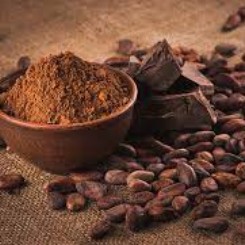 Chocolate one of life's passions
Chocolate one of life's passions
